Breaking News
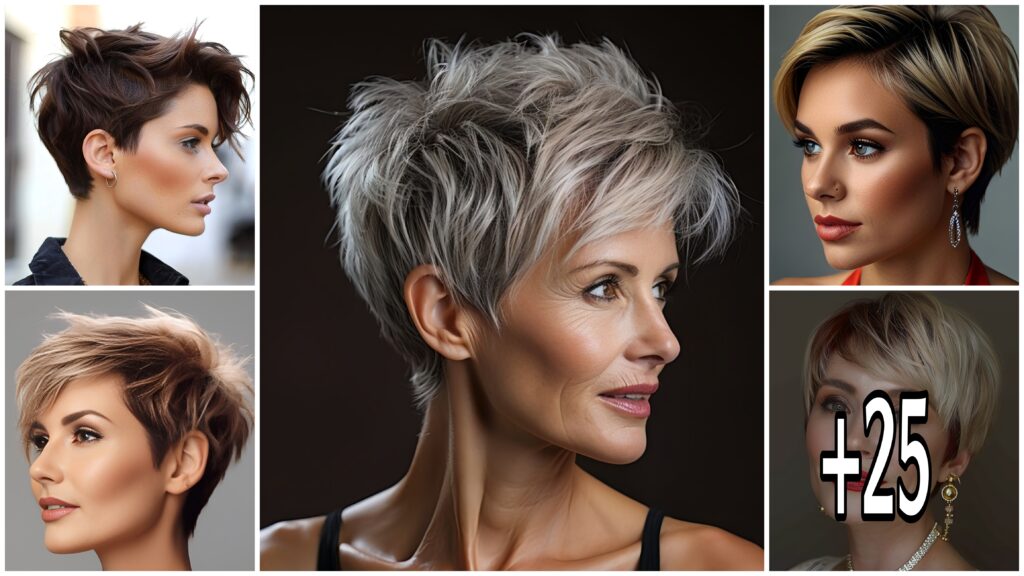
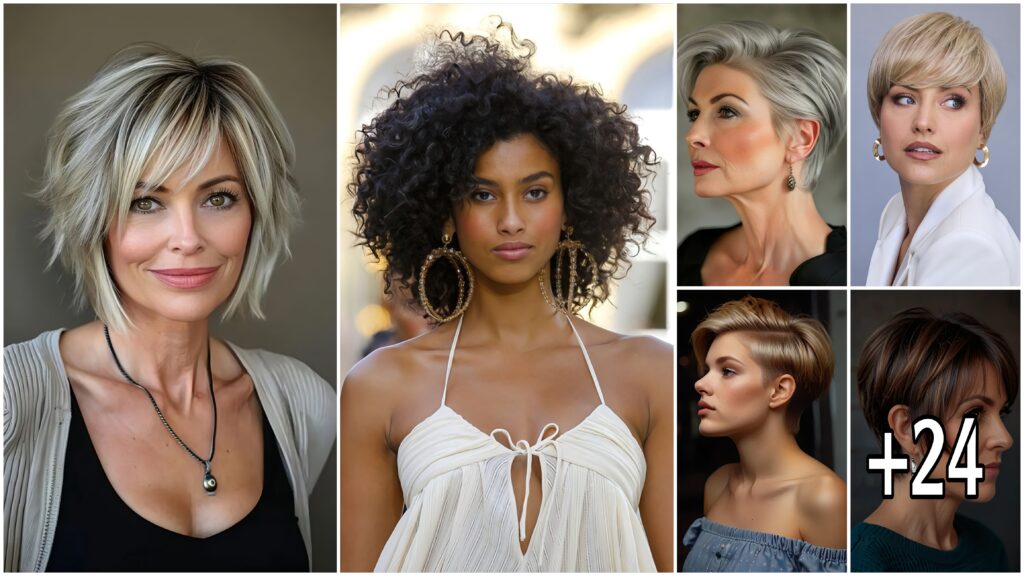
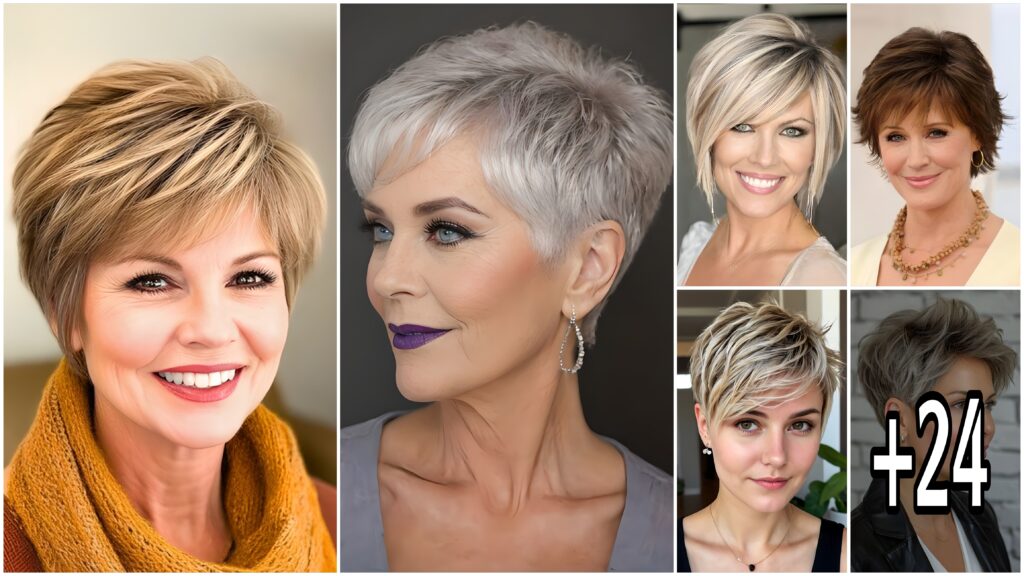

Popular News
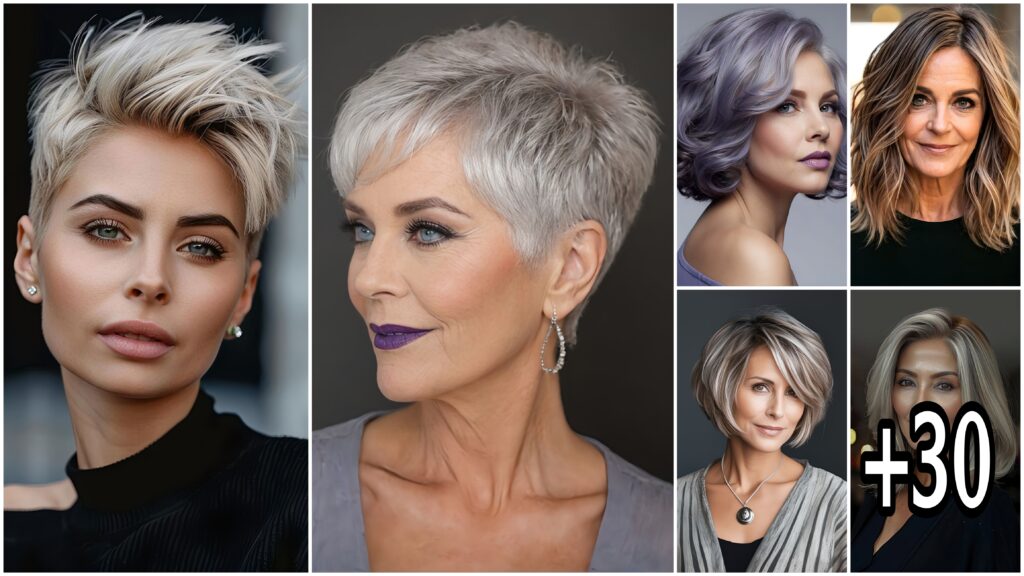








Enter your email address below and subscribe to our newsletter
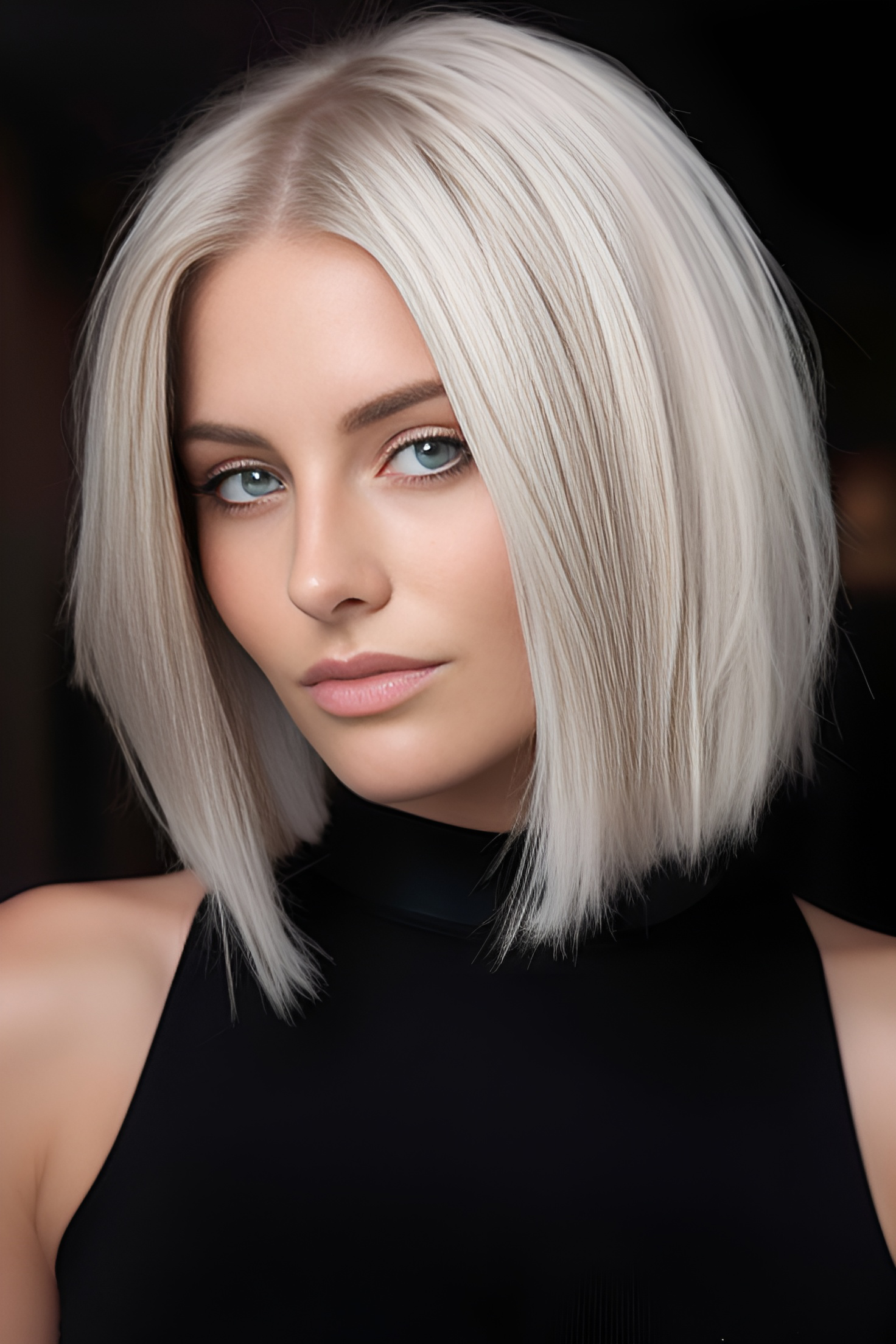
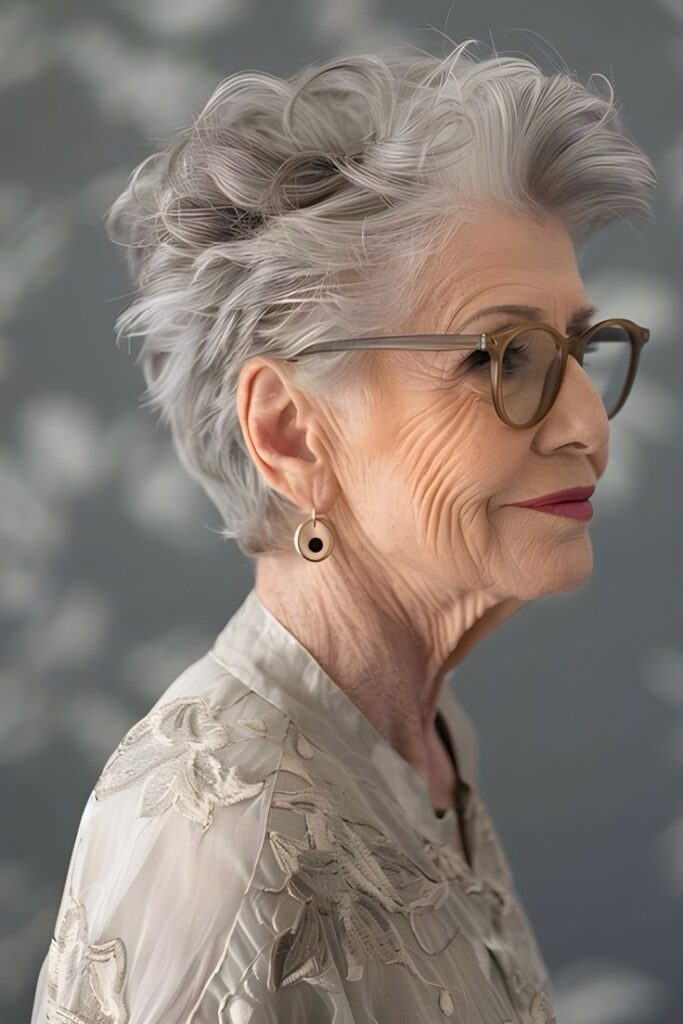
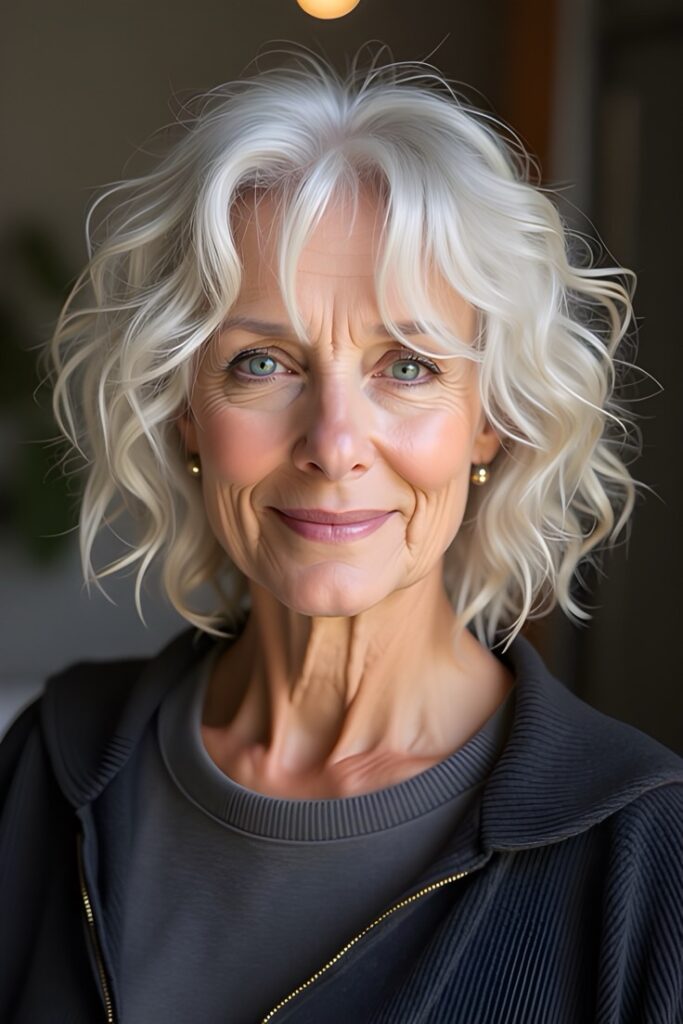
Reaching 60 is a milestone that celebrates wisdom, confidence, and self-expression. For many women, hair color becomes a powerful tool to reflect their vibrant personalities while adapting to the natural changes of aging. Choosing the right hair color at 60 isn’t about adhering to outdated rules—it’s about enhancing your unique beauty and feeling empowered. This guide explores factors to consider, trending options, and tips for maintaining healthy, radiant hair.
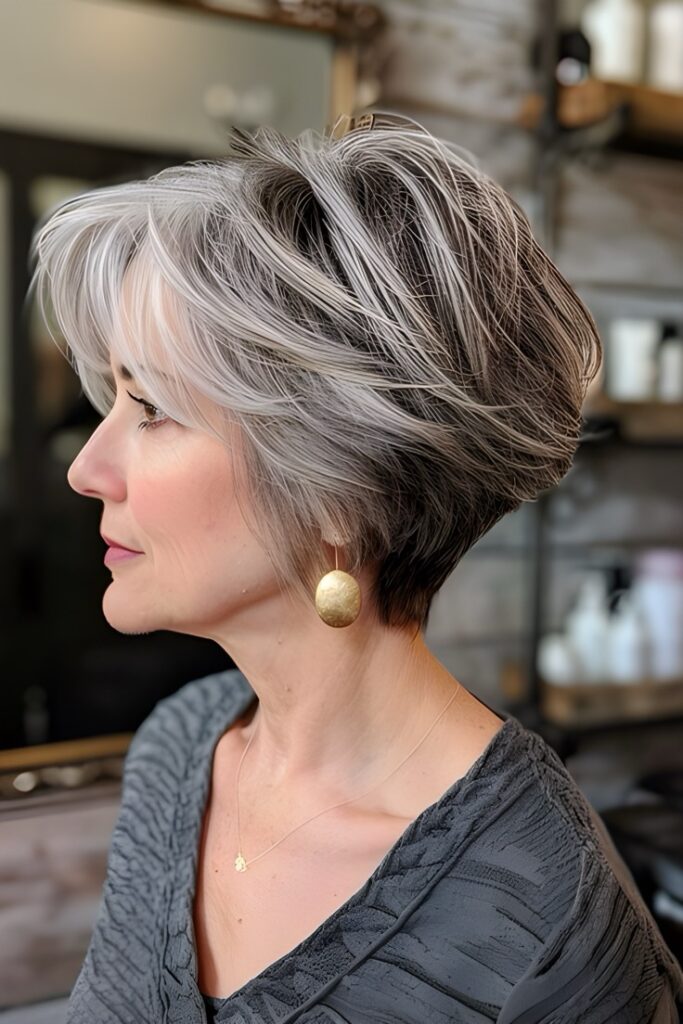
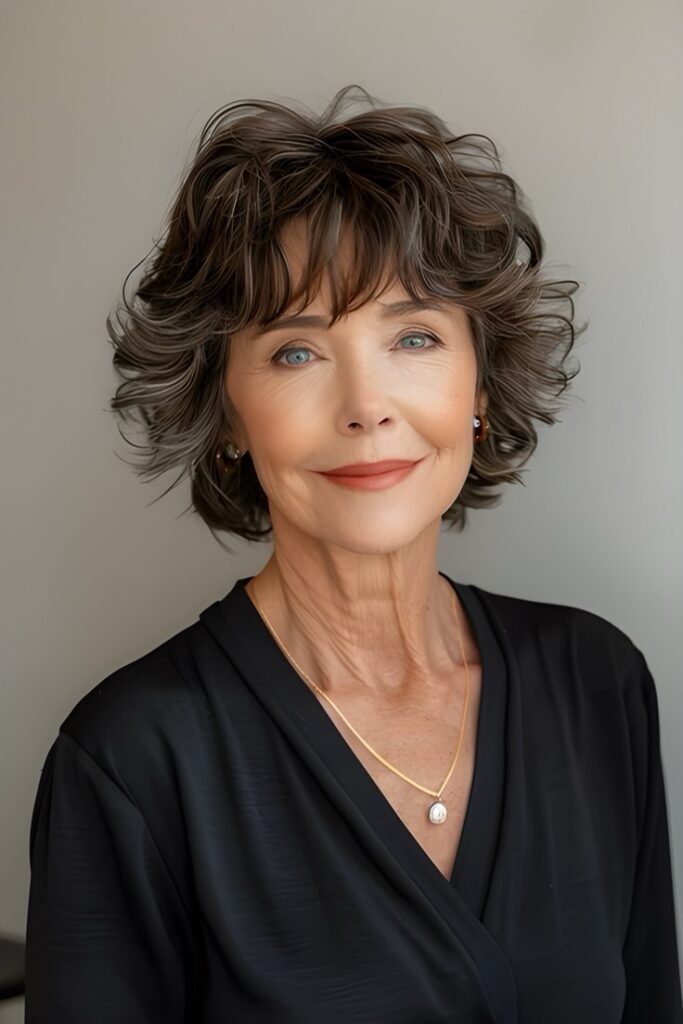


As we age, hair undergoes changes in texture, thickness, and pigment. Gray strands often emerge, and hair may become drier or finer. A well-chosen hair color can:
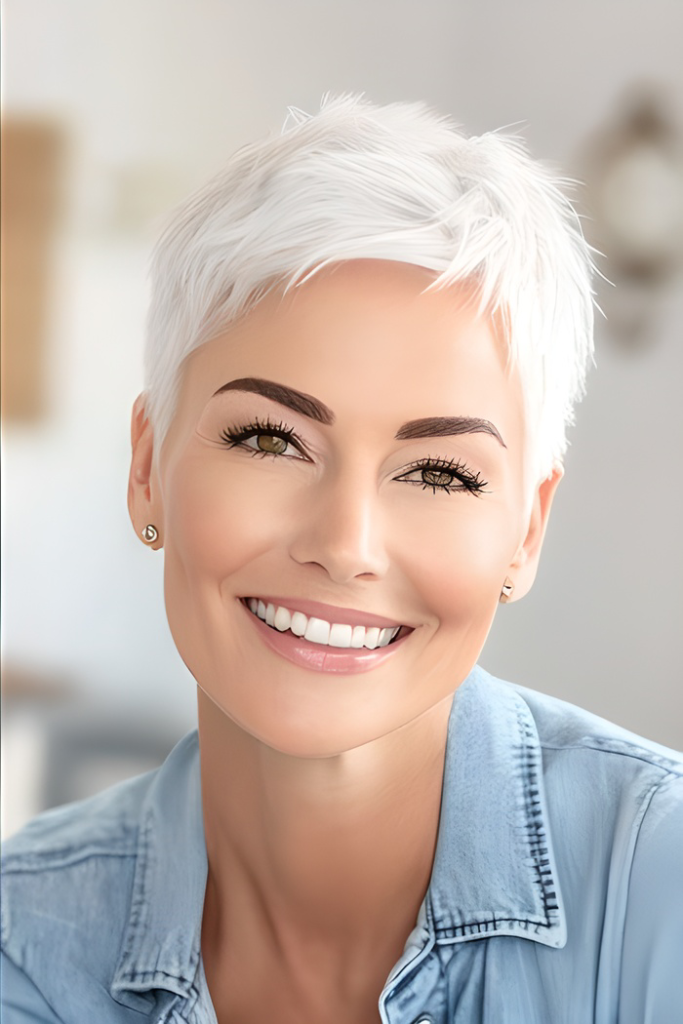
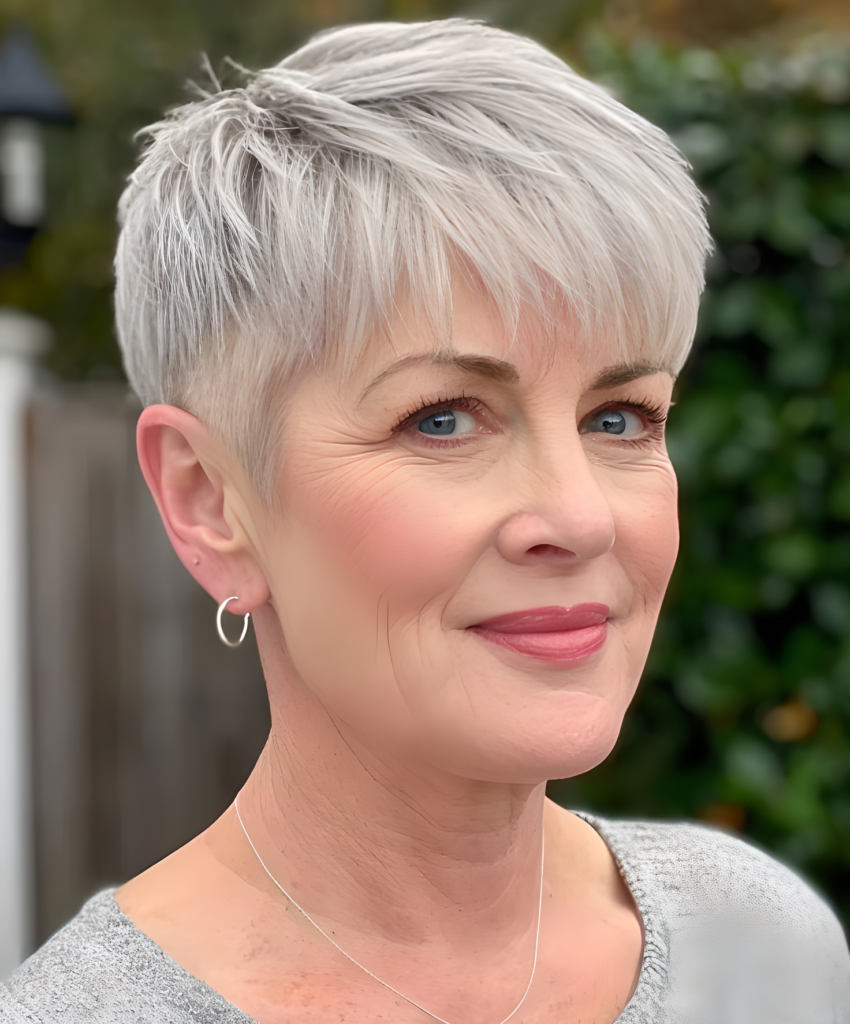
Your skin’s undertone (warm, cool, or neutral) plays a pivotal role in determining flattering hair colors.
Pro Tip: Hold a silver and gold fabric near your face. If silver complements you, lean toward cool tones; if gold suits you, choose warm hues.

Your base color and hair health influence the outcome. For example:
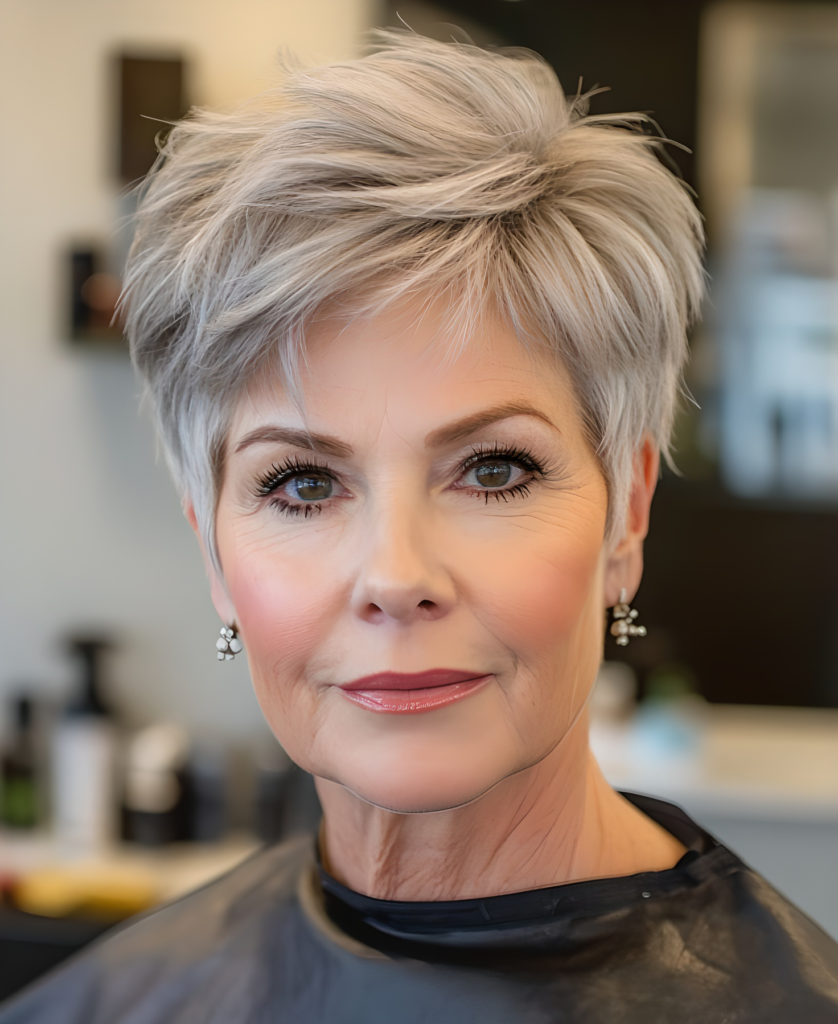
Consider how much time you’ll devote to upkeep. Highlights and lowlights require salon visits every 8–12 weeks, while all-over color may need root touch-ups monthly. Semi-permanent dyes offer a low-maintenance option for blending grays.
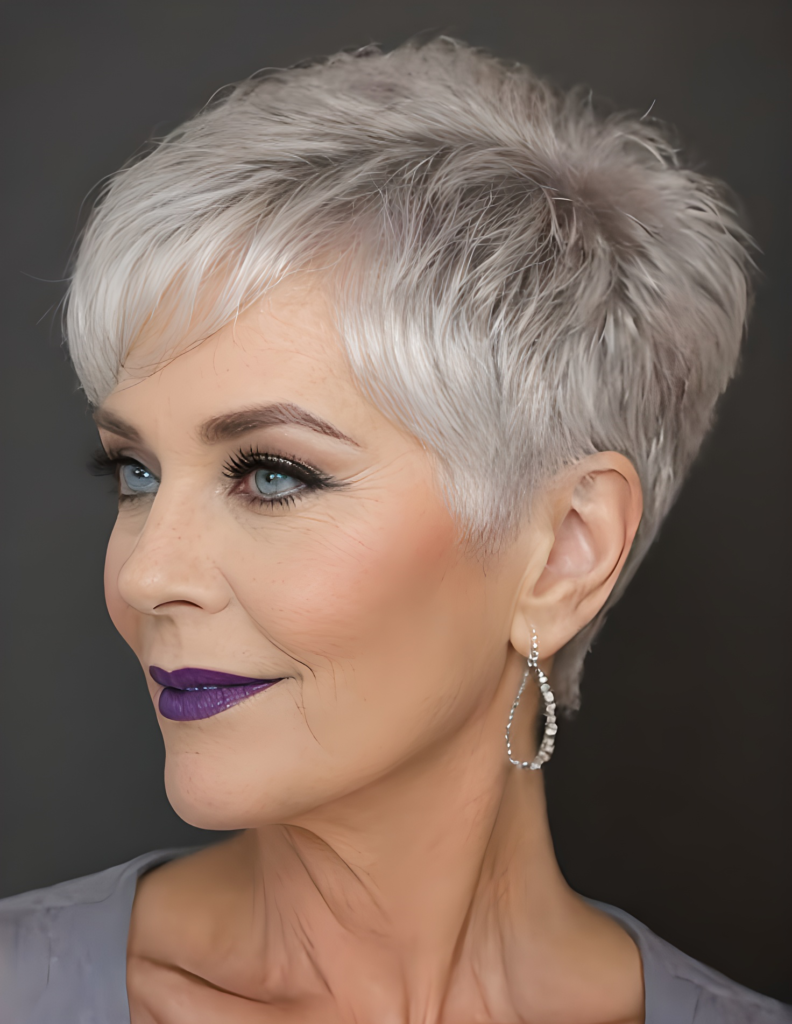
Your hair should align with your personality. Love bold looks? Try a fiery red. Prefer subtlety? Opt for natural-looking highlights. Celebrities like Helen Mirren (iconic platinum blonde) and Jane Fonda (vibrant golden hues) prove there’s no age limit to experimentation.
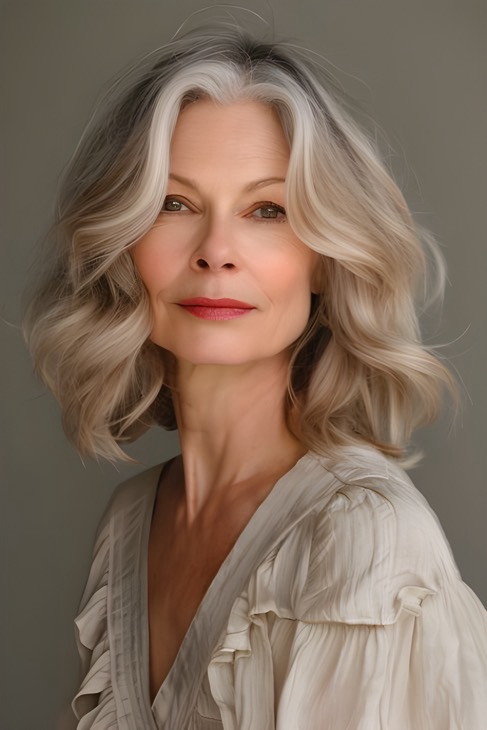
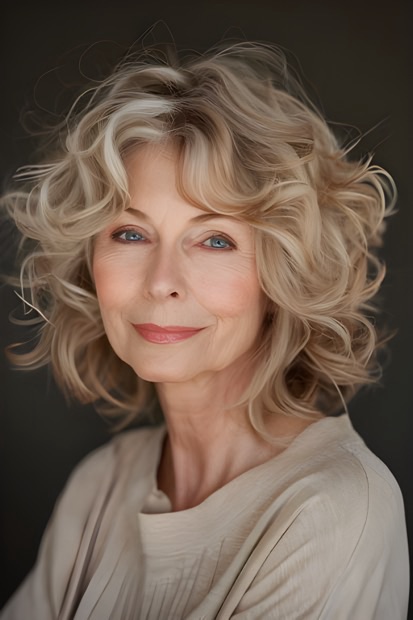
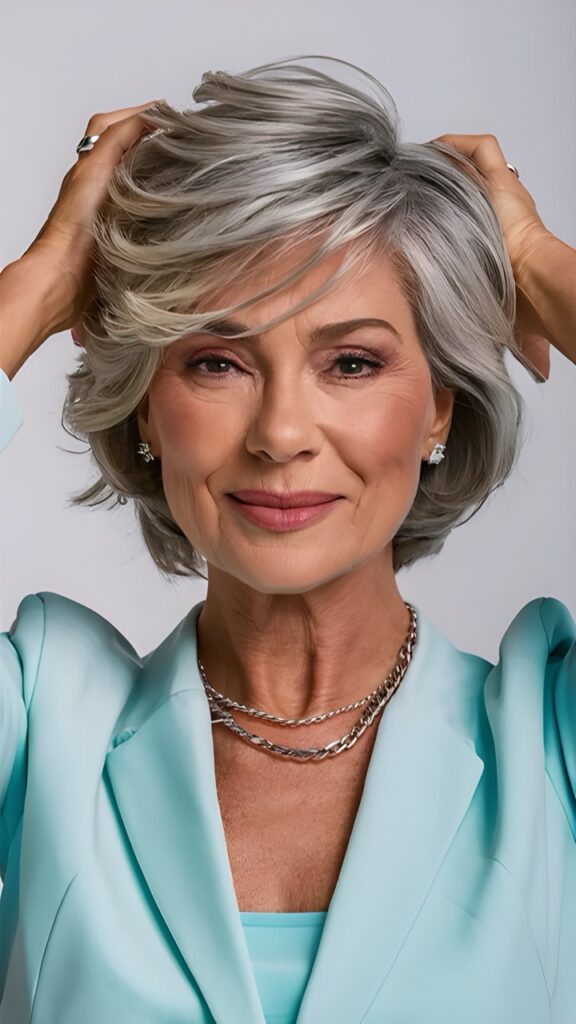
Highlights add dimension, while lowlights deepen contrast. A mix of both, like caramel and mocha streaks, can mimic sun-kissed hair and disguise grays effortlessly.
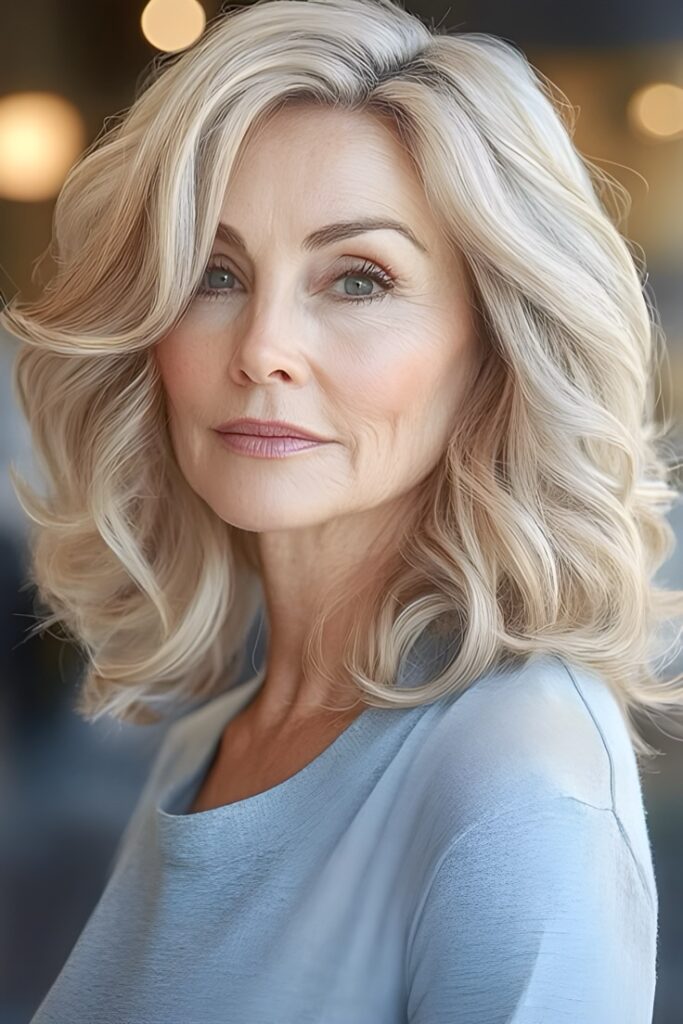
Buttercream, honey, and strawberry blonde brighten the face and soften wrinkles. Avoid overly brassy shades; opt for tones with a neutral or cool base if your skin leans warm.

Espresso, chestnut, or mahogany brown add sophistication. For a youthful twist, incorporate caramel balayage or face-framing highlights.
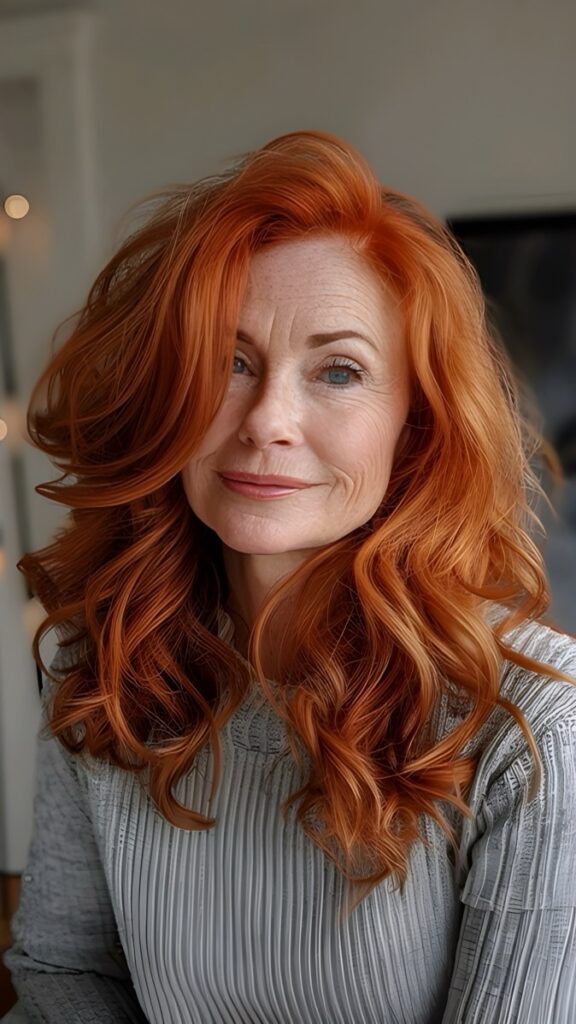
Copper, burgundy, or cinnamon reds make a statement. These shades work well with fair to medium skin tones and can be toned down or intensified based on preference.
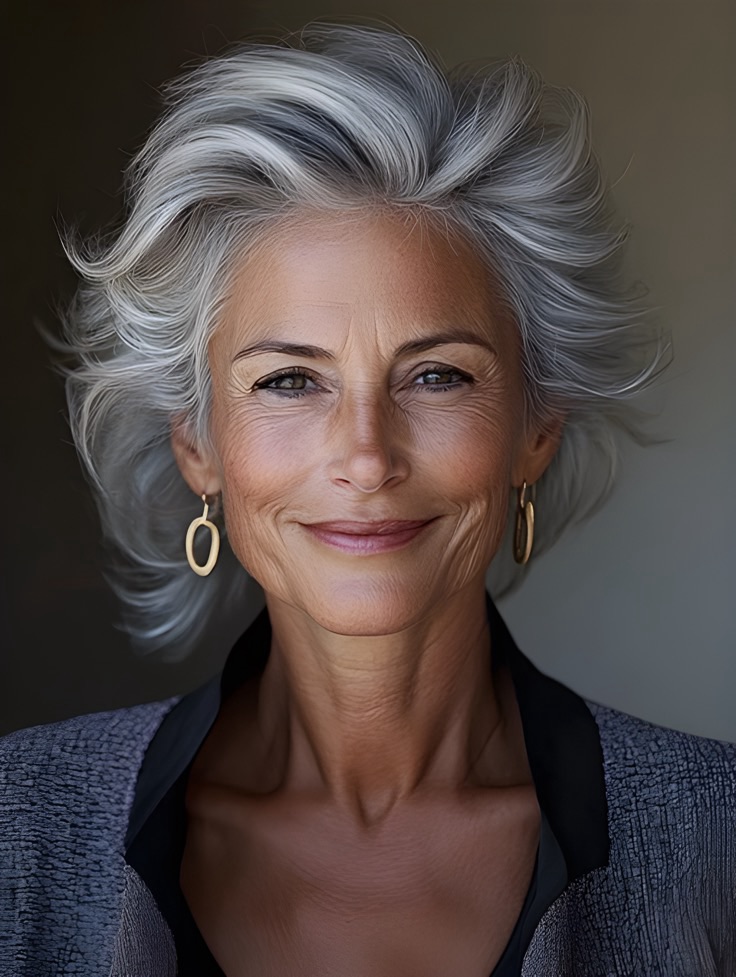
The #SilverHair movement celebrates natural beauty. Use purple shampoos to neutralize yellow tones and keep gray hair luminous. Pair with a chic haircut, like a pixie or lob, for modern flair.
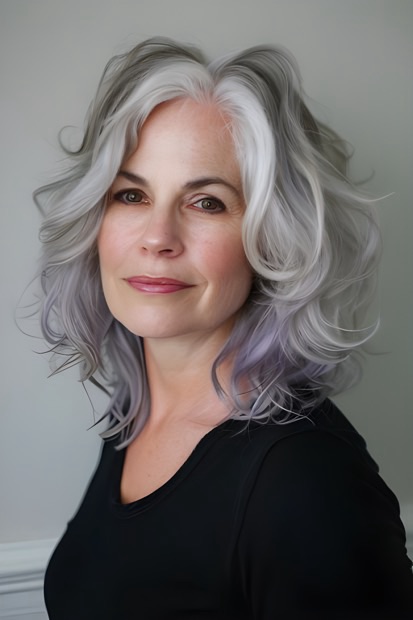
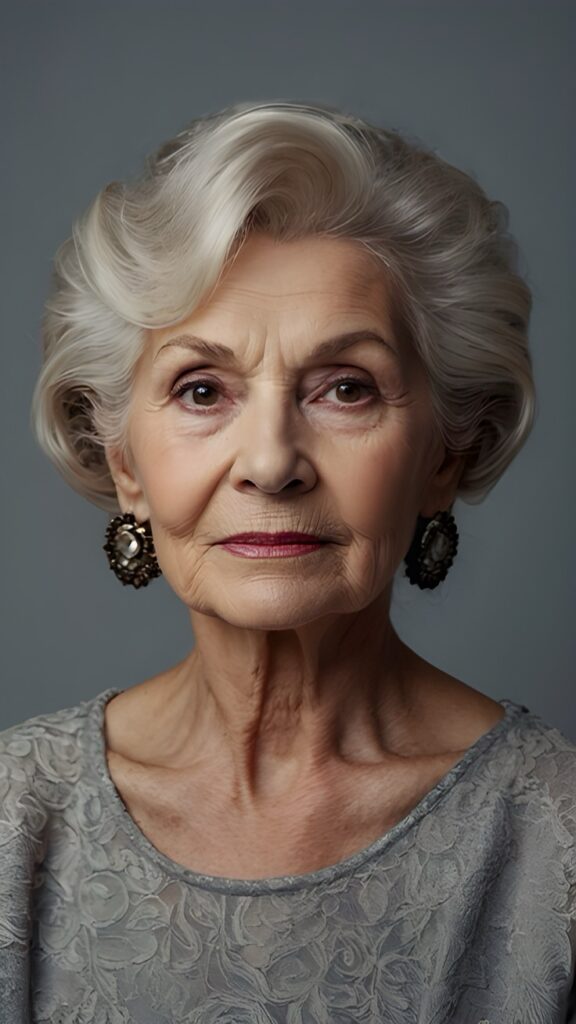
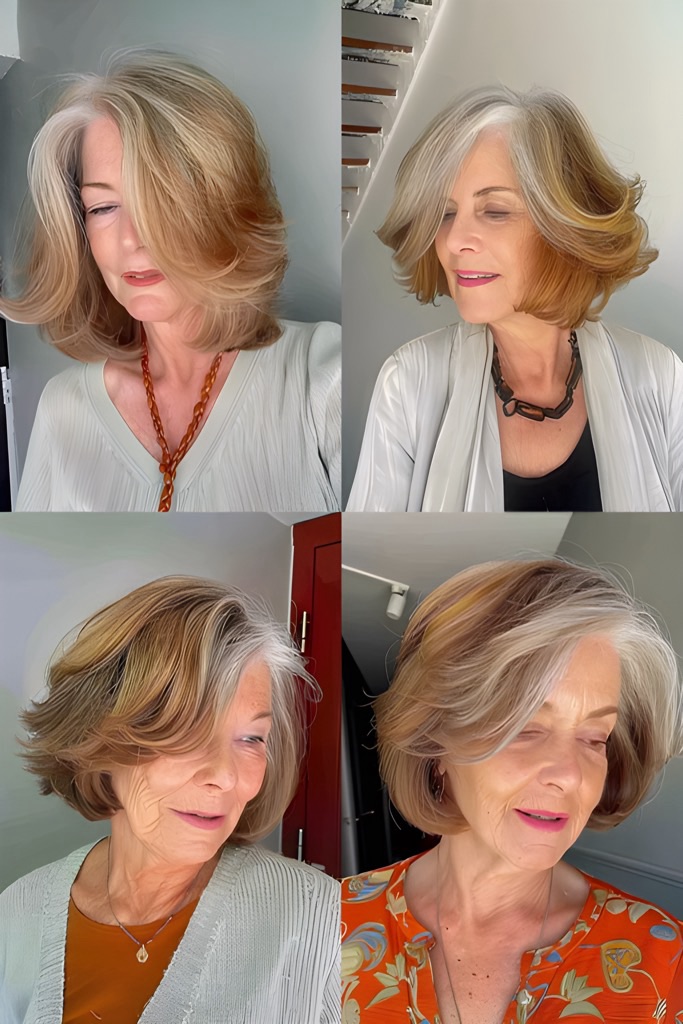
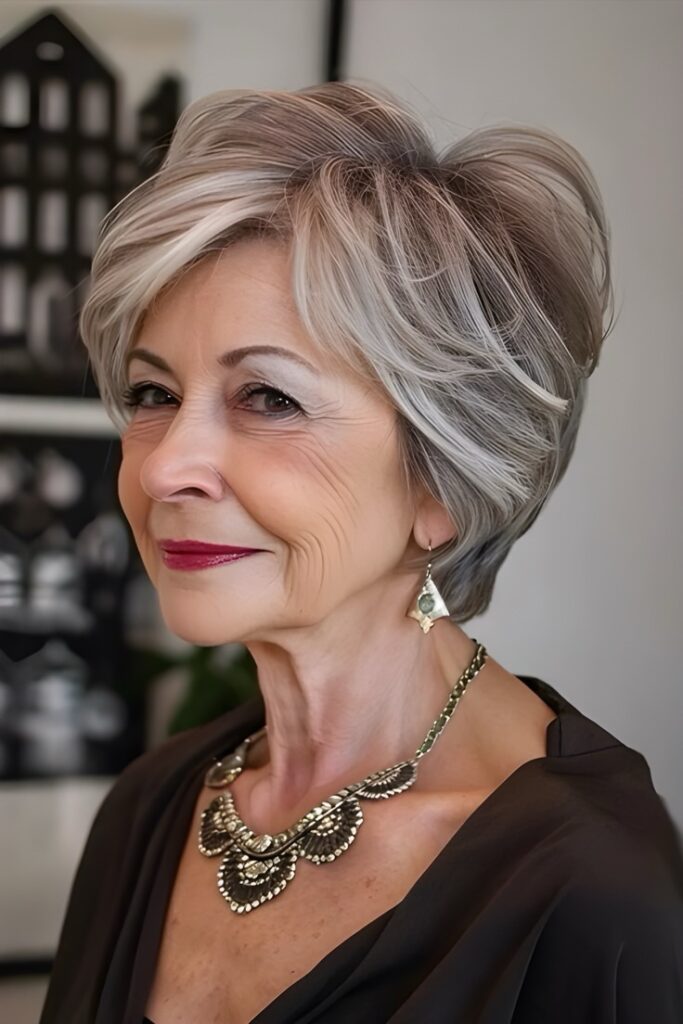

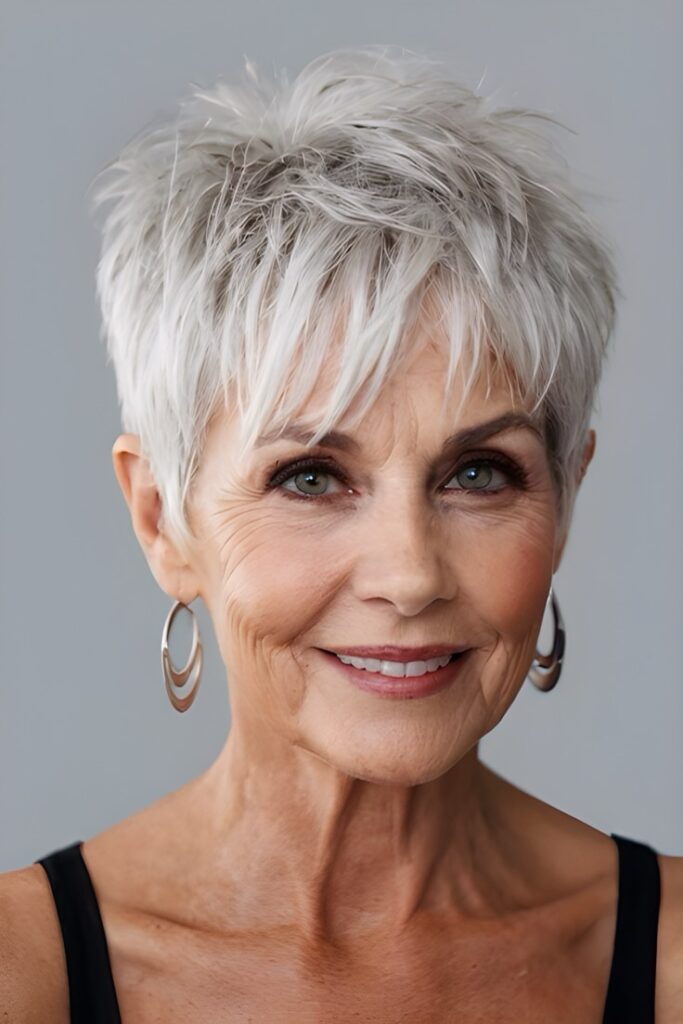
A new hair color can uplift your mood and redefine self-image. Studies show that women who update their look often feel more confident and socially engaged. Whether you’re embracing gray or trying a bold hue, your choice is a celebration of your journey.
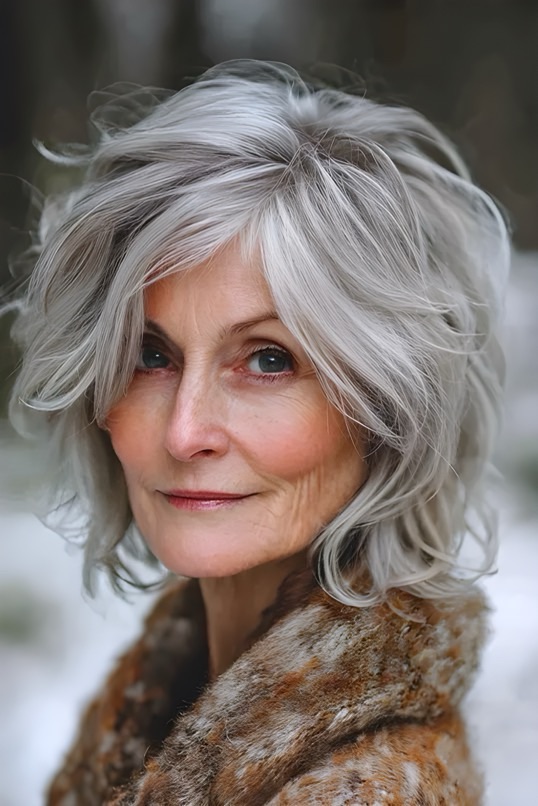
A skilled stylist can recommend colors that complement your features and lifestyle. Discuss concerns like scalp sensitivity or hair thinning to find safe, flattering solutions.
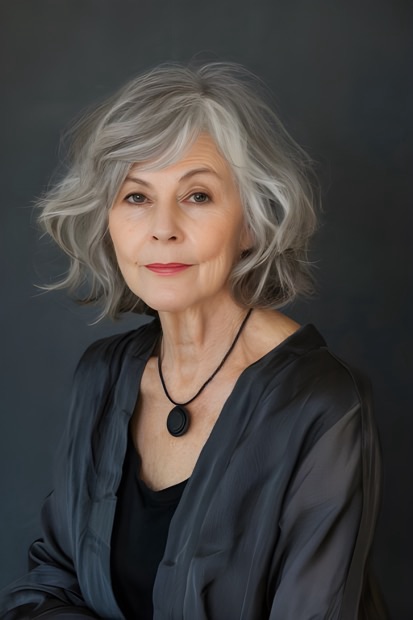
At 60, your hair color should reflect the vibrant, multifaceted woman you are. Whether you choose a subtle ash blonde, a radiant auburn, or a proud silver mane, the best color is one that makes you feel unstoppable. Remember: Aging isn’t about fading—it’s about shining brighter than ever.
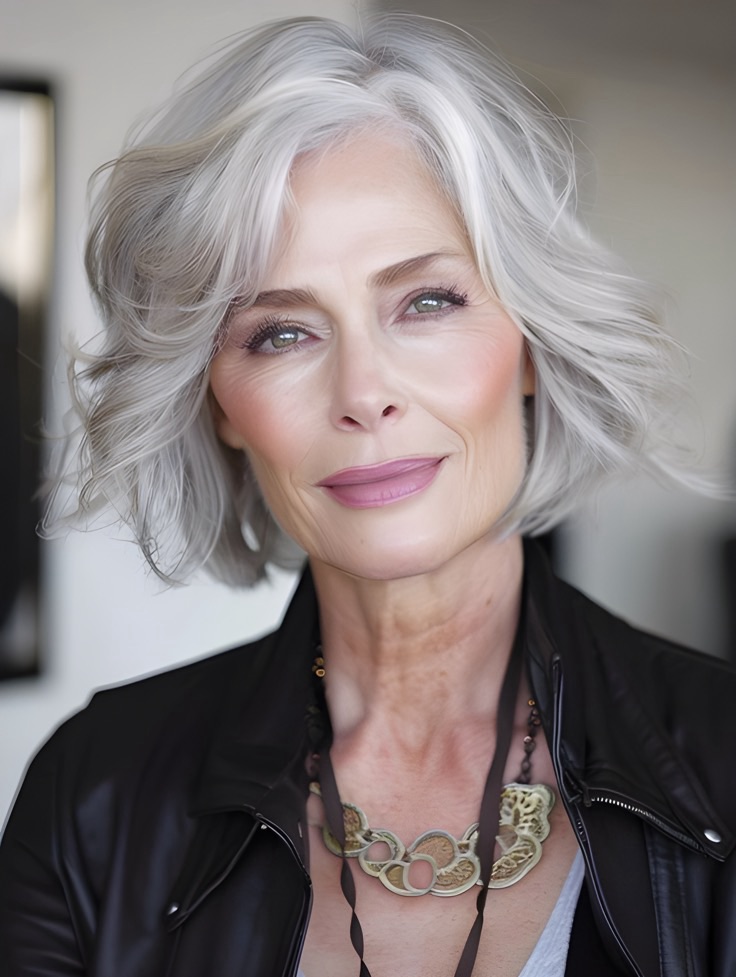
This article blends practical advice with empowering insights, ensuring readers feel informed and inspired to embrace their natural beauty or experiment with transformative shades. By incorporating SEO keywords and addressing common concerns, it serves as a comprehensive resource for women navigating hair color choices at 60.